Are you a parent or educator looking to create the perfect Montessori environment for your child or students? Choosing the right Montessori furniture is a crucial step in creating a space that promotes independence, creativity, and a love for learning.
With so many options available, it can be overwhelming to know where to start. That’s where this guide comes in. In this comprehensive post, we will walk you through everything you need to know about selecting the right Montessori furniture for your child’s or student’s needs.

From child-sized tables to shelves, we will explore the key factors to consider, such as durability, safety, and functionality.
Get ready to transform your space into an inspiring Montessori environment that fosters exploration, independence, and a love for learning.
Let’s dive in and make the best choices for your little ones!
Montessori Furniture in the Classroom
Centered around independence and freedom within limits, the classroom environment plays a crucial role in supporting the Montessori philosophy. The choice of furniture is no exception. Montessori caters to the specific needs of children, providing them with a space that is accessible and conducive to learning.
One of the key principles of Montessori education is the idea that children learn best through hands-on exploration and discovery. By providing child-sized pieces, such as tables and chairs, children are able to independently engage with their environment. This promotes a sense of ownership and autonomy, allowing children to take charge of their learning journey.
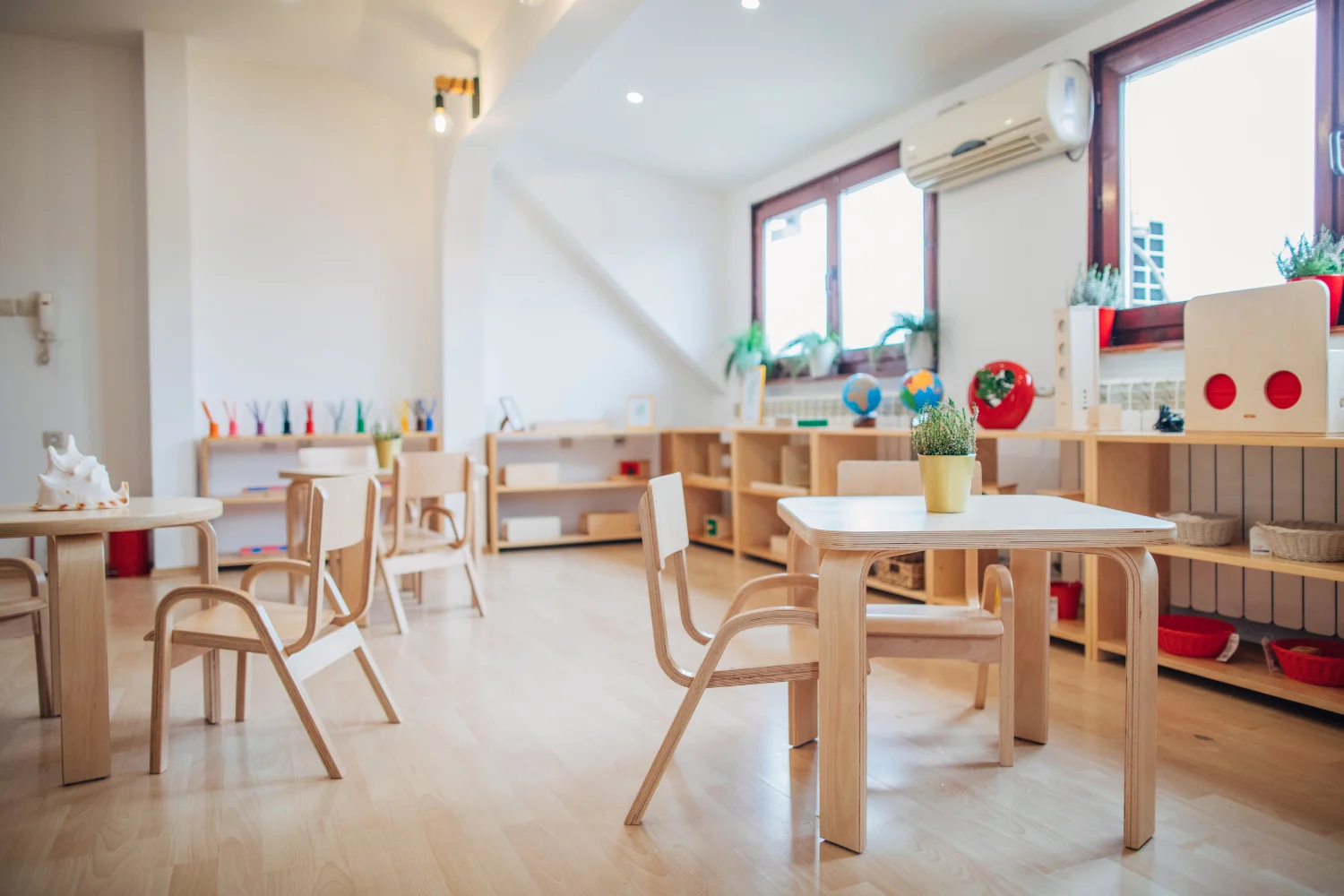
Additionally, as with Montessori materials, tables, chairs and so on are carefully crafted to be aesthetically pleasing and inviting. The use of natural materials, such as wood, creates a warm and calming atmosphere that encourages children to engage with their surroundings. By creating a visually appealing environment, children are more likely to feel motivated and inspired to explore and learn.
Furthermore, the Montessori environment promotes order and organization. Strategically placed shelves and workstations allow children to easily access and put away materials. This not only fosters a sense of responsibility and respect for the environment but also helps children develop important organizational skills that will benefit them throughout their lives.
Montessori furniture plays a vital role in creating an environment that supports the Montessori philosophy of independence, exploration, and learning. By providing child-sized furniture, using natural materials, and promoting order and organization, a Montessori environment sets the stage for a rich and fulfilling educational experience.
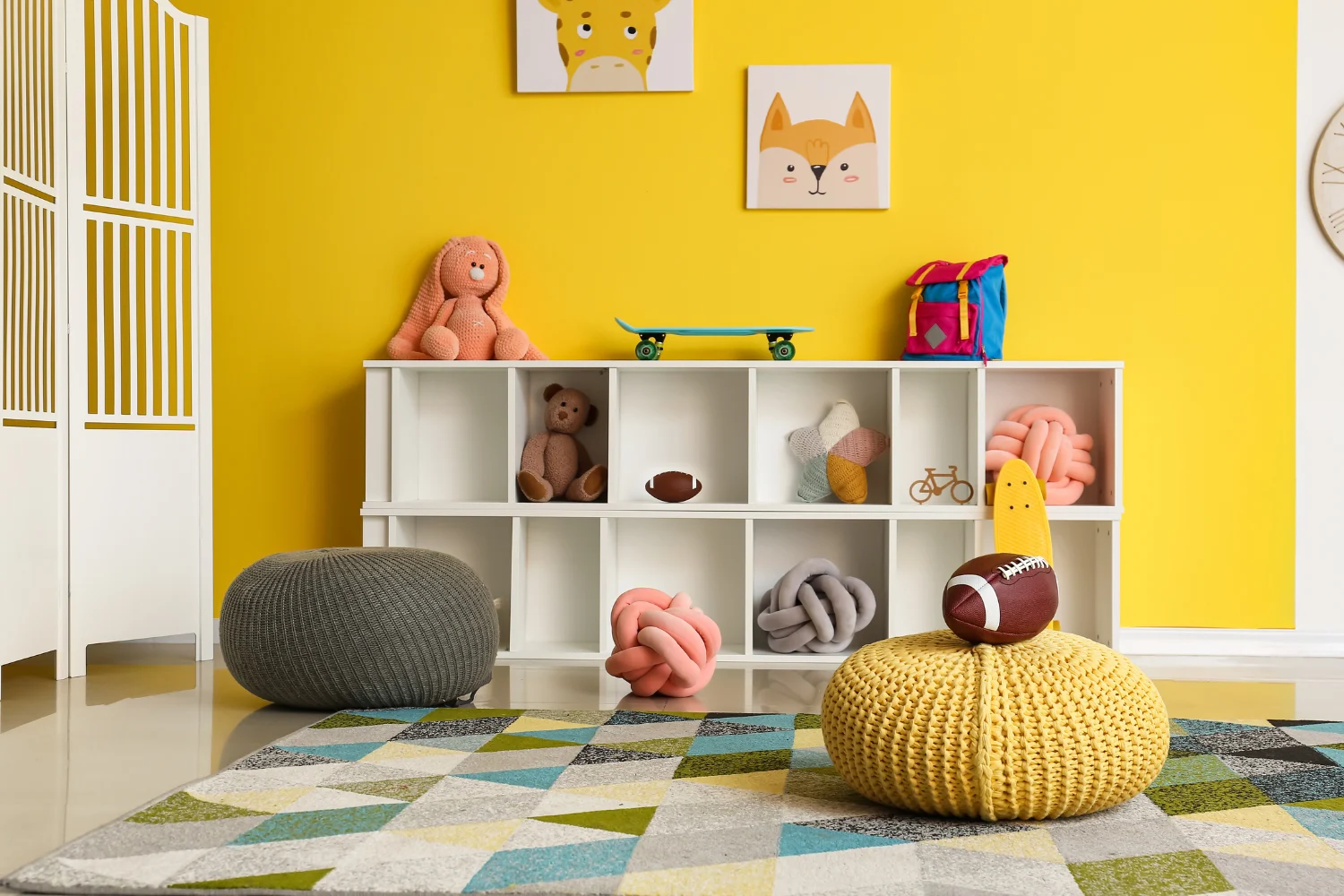
Characteristics of Montessori Furniture
Several key features that make Montessori materials and objects distinguishable. Understanding these characteristics will help you make informed decisions when curating your home and classroom.
#1 – Child-Sized
Designed to be proportionate to the height and size of children, allowing kids to comfortably engage with their environment, child-sized tables and chairs, for example, enable children to sit and work independently without the need for adult assistance. This promotes a sense of confidence and self-reliance.
#2 – Made from Natural & Sustainable Materials
Wood is a commonly used material within a Montessori environment due to its durability, warmth, and aesthetic appeal. Natural materials not only create a visually pleasing environment but also provide a sensory experience for children, connecting them to nature and promoting a sense of calmness.
#3 – Simple and Uncluttered
The focus is on functionality rather than excessive ornamentation. This allows children to easily navigate and interact with their environment without unnecessary distractions. The simplicity of Montessori materials encourages children to focus on the task at hand, promoting concentration and deep engagement.
#4 – Adjustable and Adaptable
As children grow and develop, their needs may change. Montessori furniture is designed to accommodate these changes, allowing for flexibility in the classroom or home environment. Adjustable tables and chairs, for example, can be easily modified to suit the changing needs of children, ensuring that they always have furniture that is appropriate and comfortable.
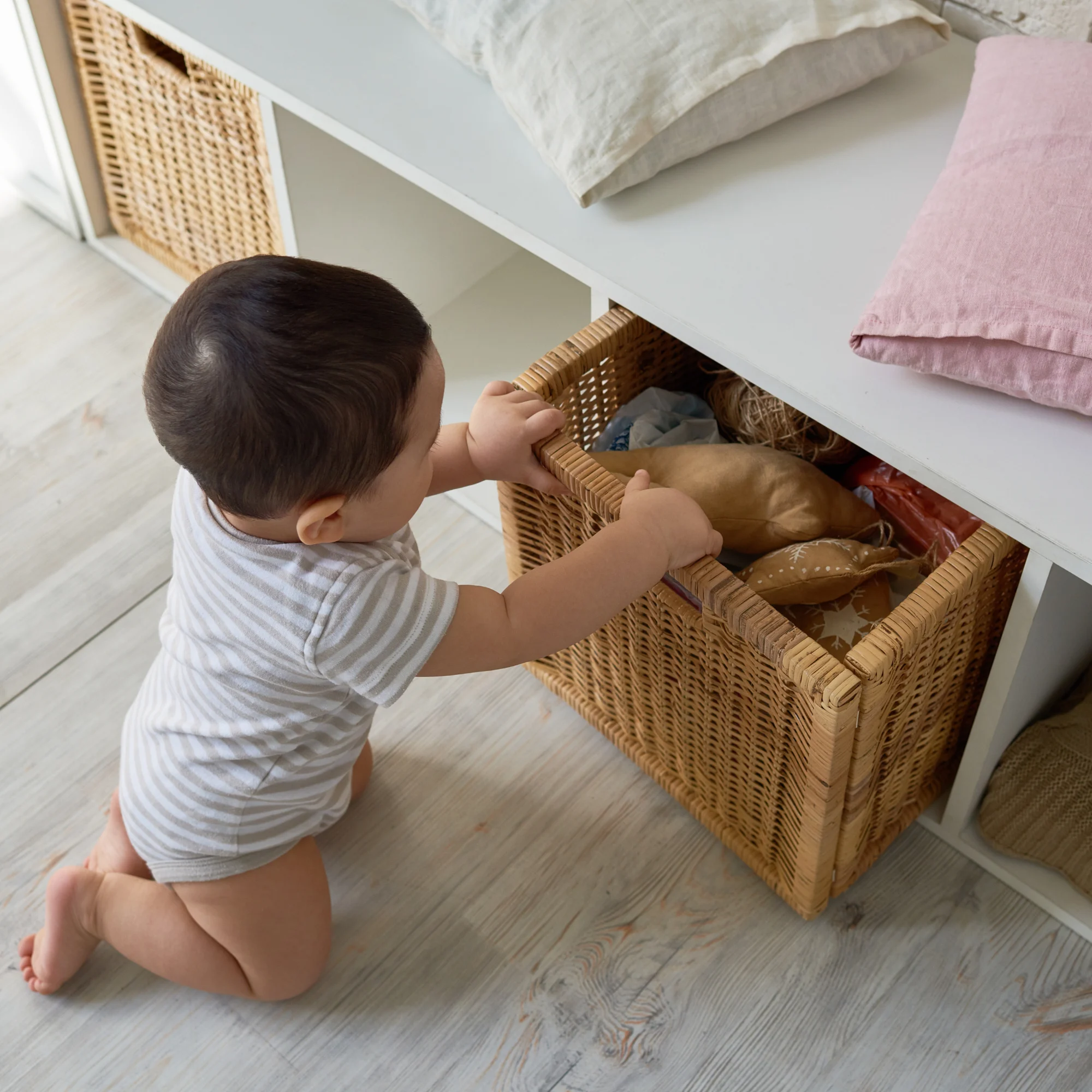
Characteristics such as child-sized proportions, natural materials, simplicity, and adapability, contribute to creating a supportive and engaging learning environment that fosters independence, creativity, and a love for learning.
Benefits of Montessori Furniture in Early Childhood Education
The use of Montessori furniture in early childhood education offers a wide range of benefits for children. Montessori furniture promotes independence, creativity, and a lifelong love for learning.
One of the key benefits of using Montessori furniture is the promotion of independence. Child-sized tables and chairs, for example, allow children to sit and work independently, without the need for adult assistance.
This fosters a sense of self-reliance and empowers children to take charge of their learning journey. By providing an environment that supports independence, Montessori furniture helps children develop important life skills, such as problem-solving, decision-making, and self-regulation.
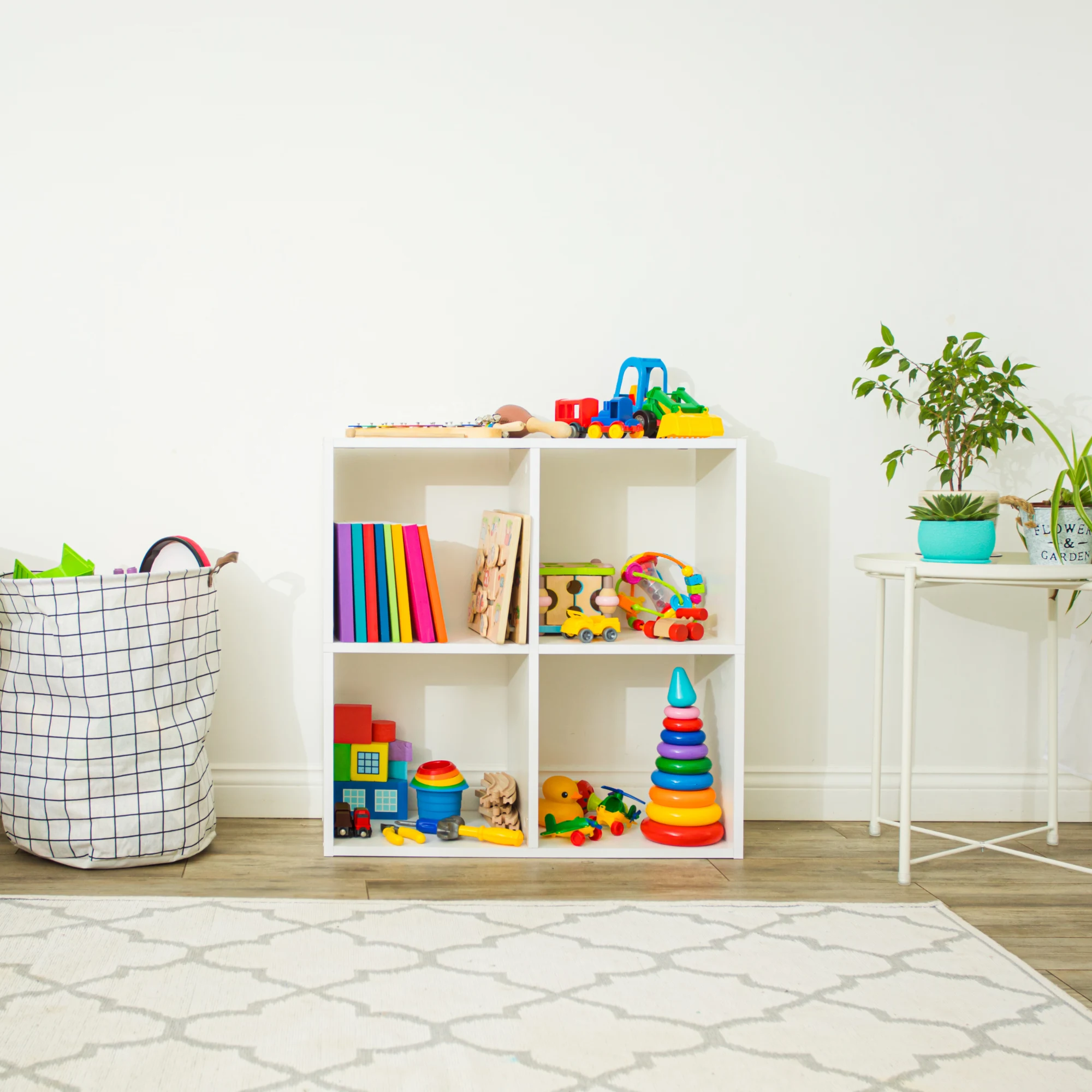
Another benefit of Montessori furniture is its ability to foster creativity and imagination. The use of natural materials, such as wood, creates a warm and inviting atmosphere that encourages children to engage with their surroundings.
Montessori furniture is aesthetically pleasing and visually appealing, inspiring children to explore and create. Providing an environment that stimulates the senses and sparks the imagination requires the right furniture.
Furthermore, Montessori furniture promotes a love for learning. The organization and arrangement of furniture, such as shelves and workstations, allow children to easily access and put away materials.
This promotes order and organization, teaching children important life skills and cultivating a sense of responsibility. Montessori furniture creates a positive and engaging space that motivates children to explore and discover.
In summary, using Montessori furniture in early childhood education offers numerous benefits for children. By promoting independence, Montessori furniture creates an environment that supports the holistic development of children.
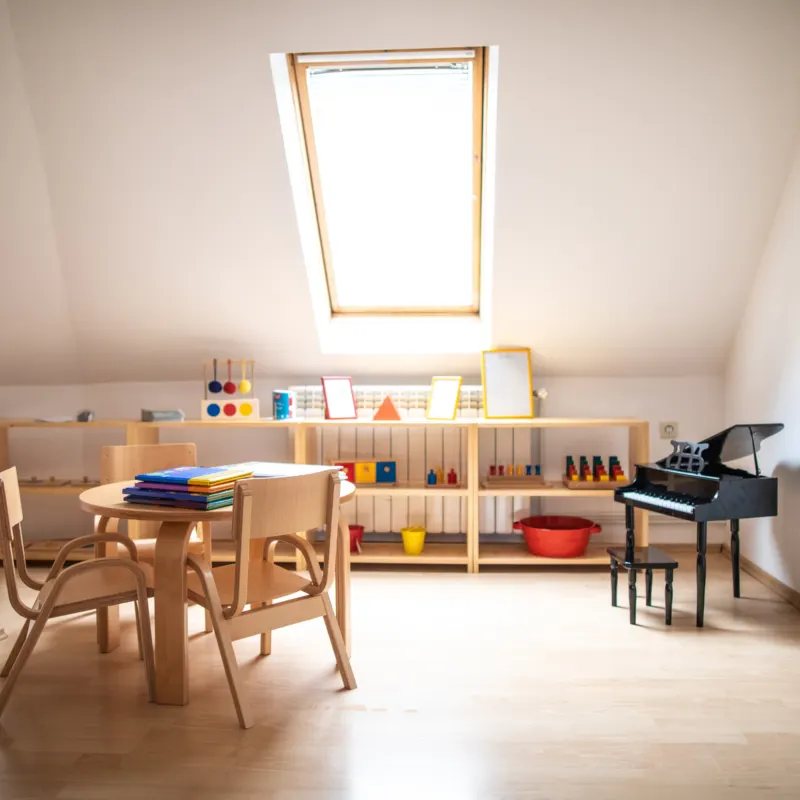
Factors to Consider when Choosing Montessori Furniture
When choosing Montessori furniture, there are several factors to consider. These factors will help guide you in selecting furniture that is durable, safe, and functional.
One of the key factors to consider is durability. Montessori furniture ideally is made from high-quality materials that can withstand the wear and tear of everyday use. Children, with their naturally curiosities and high activity level, need furniture built to last.
Look for furniture that is well-constructed, with sturdy joints and finishes that can withstand spills and scratches. Investing in durable Montessori furniture will ensure that it can be enjoyed for years to come.
Safety is another crucial factor to consider when choosing Montessori furniture. Children’s safety should always be a top priority. Look for furniture that is free from sharp edges or corners that could cause injury.
Ensure that all materials used in the construction of the furniture are non-toxic and meet safety standards. Additionally, consider stable furniture that will not easily tip over, especially for younger children.
Functionality is also an important consideration when selecting Montessori furniture. Think about how children will use the furniture and whether it meets the needs of your child or students. Child-sized tables and chairs, for example, should be comfortable and ergonomically designed to promote good posture.
Shelves and workstations should be easily accessible and provide ample storage space for materials. Consider the specific activities that will take place in your Montessori environment and choose furniture that supports those activities.
In conclusion, when choosing Montessori furniture, it is important to consider factors such as durability, safety, and functionality. By carefully evaluating these factors, selecting furniture well-suited to children’s needs and supports their learning and development will happen.
